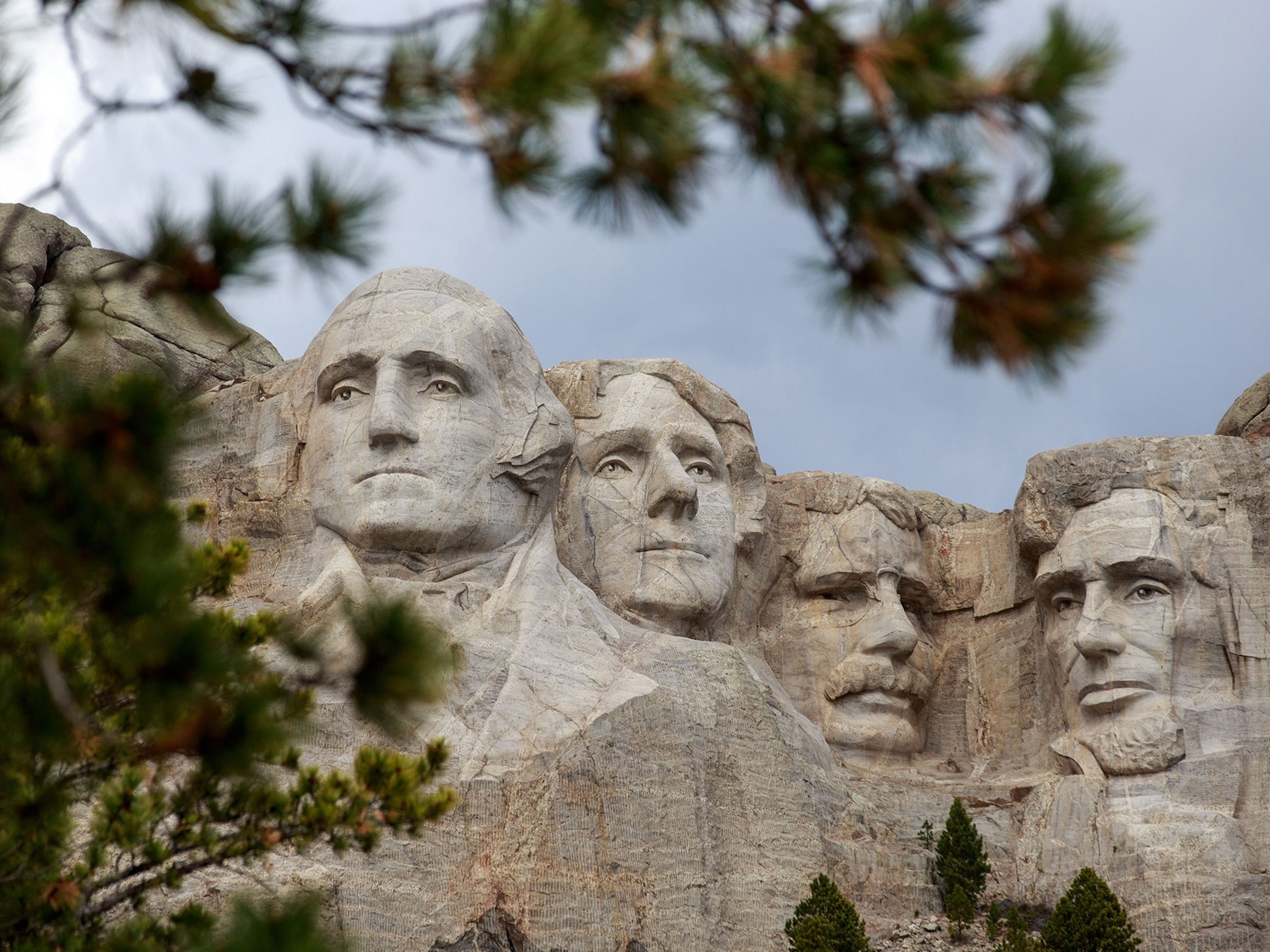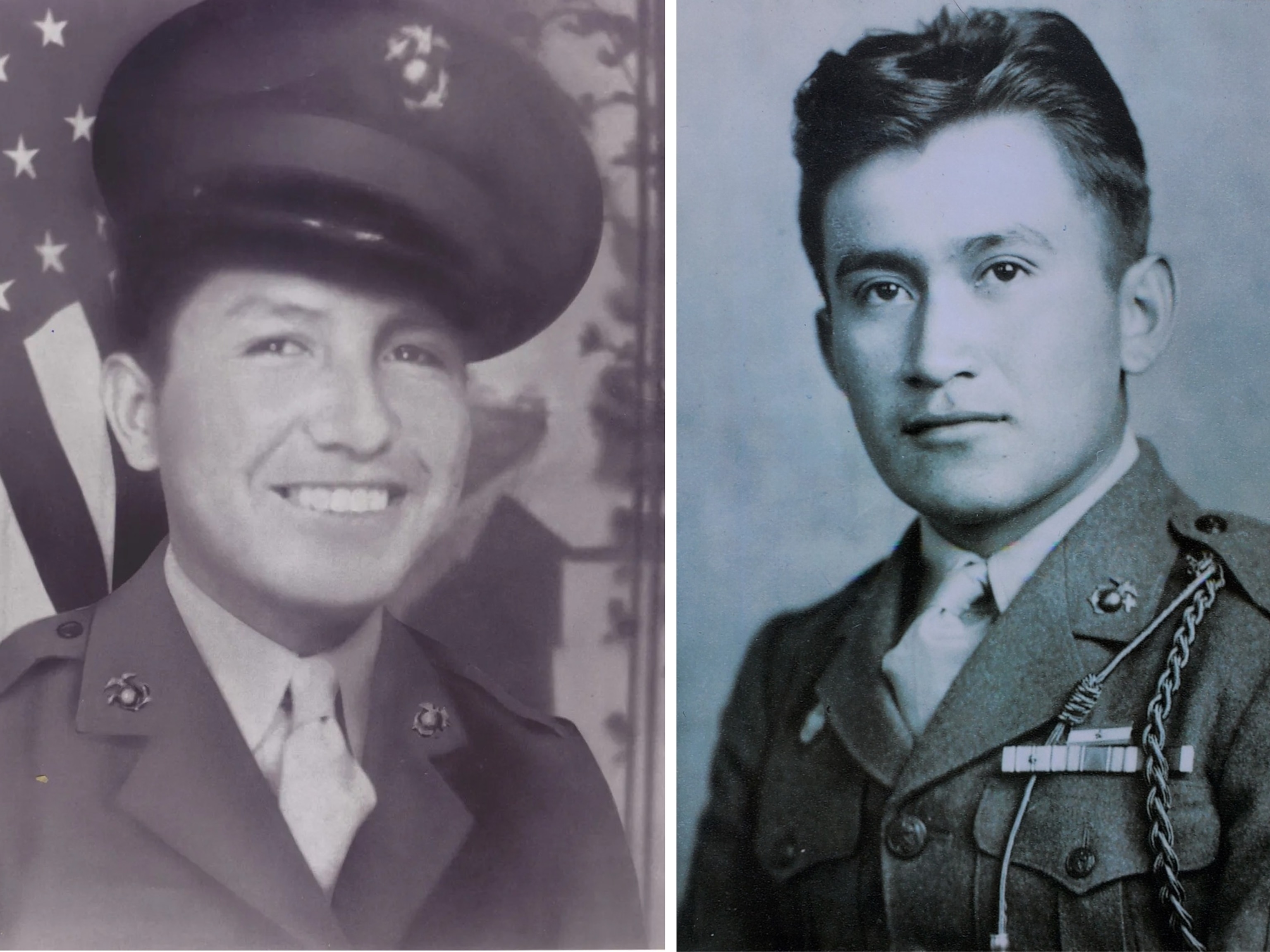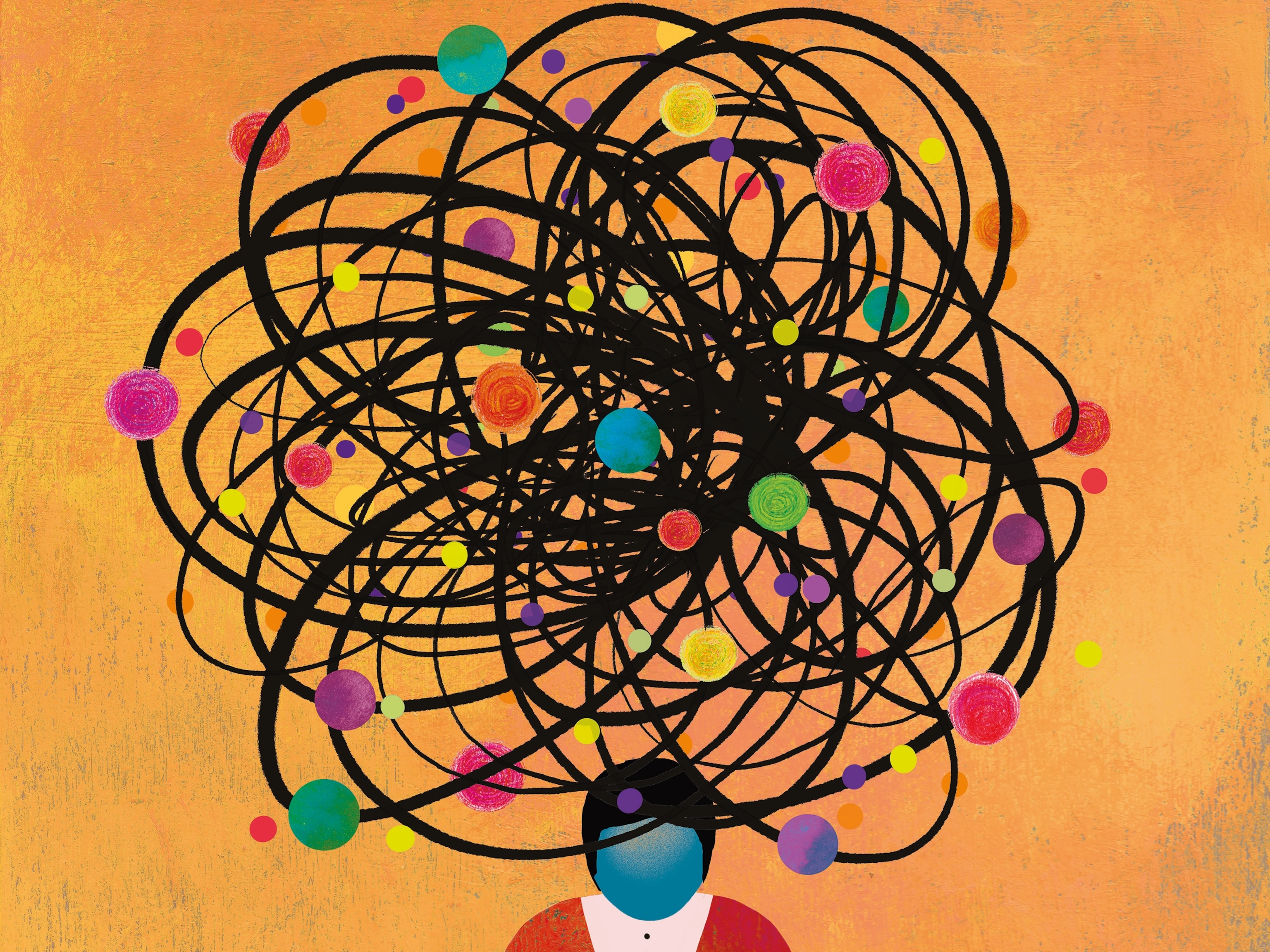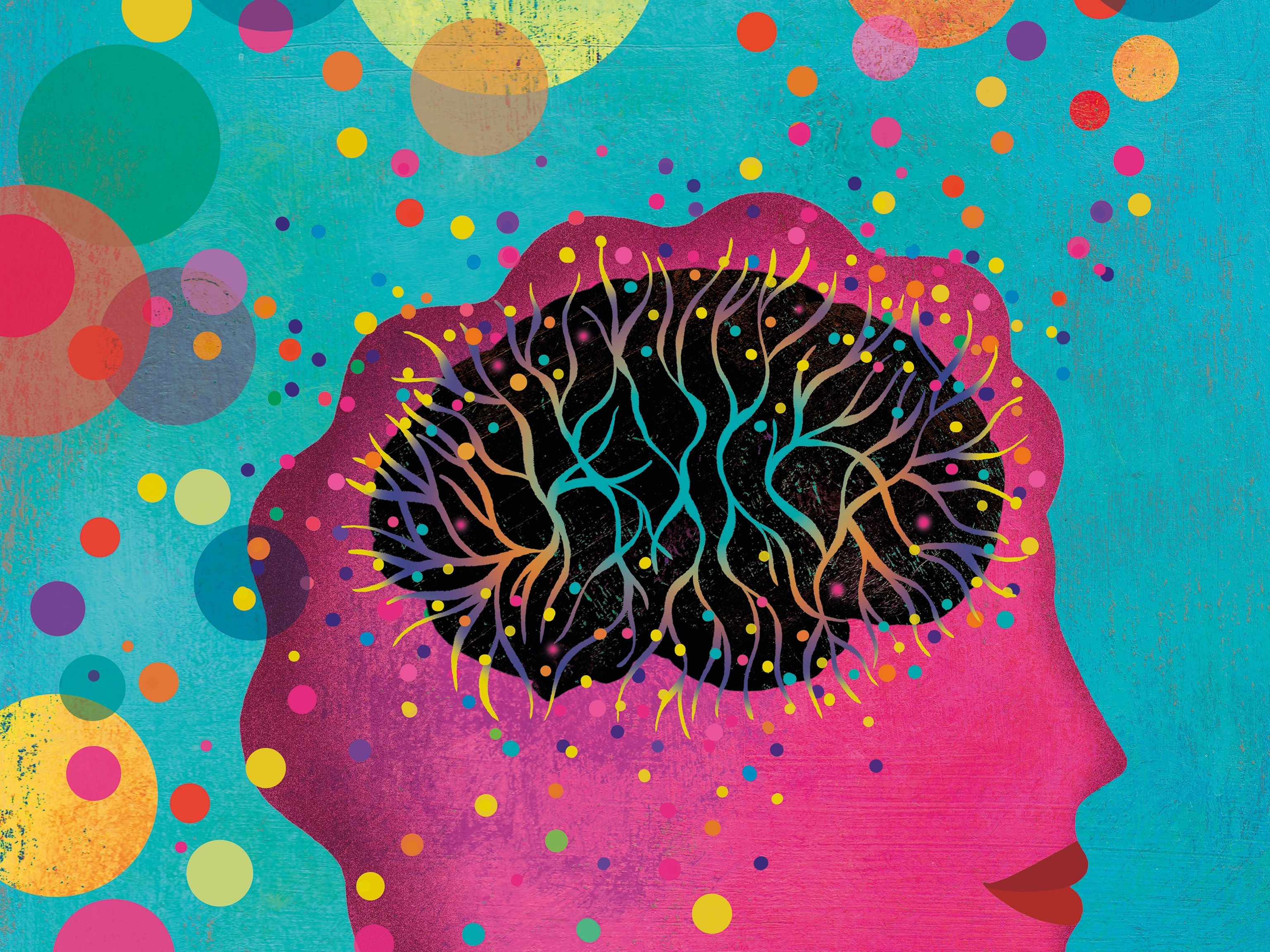
On Way to New World, First Americans Made a 10,000-Year Pit Stop
The first human settlers of the New World may have spent ten millennia on the landmass that linked Siberia and Alaska.
Sediment cores from Alaska and the Bering Sea support genetic evidence that the first human settlers of the New World spent thousands of years inhabiting Beringia, the region that included the land bridge between Siberia and Alaska, scientists say.
The Bering land bridge measured as much as 1,000 miles (1,609 kilometers) from north to south and as much as 3,000 miles (4,828 kilometers) from west to east. Scientists once thought this vast tract consisted mostly of tundra steppe, a treeless environment incapable of supporting a large human population.
But in recent years paleoecologists—scientists who study ancient environments—have been drilling sediment cores in the Bering Sea and in bogs in Alaska. The samples have yielded plant and insect fossils, as well as pollen, indicating that Beringia's tundra steppe was dotted with oases of brushy shrubs and even trees such as spruce, birch, willow, and alder.
These woody refuges could have provided fuel for fires, raw material for shelters, and cover for animals such as hares, birds, elk, and moose—game that humans could have hunted for food, said Dennis O'Rourke, an anthropological geneticist at the University of Utah in Salt Lake City.
A Genetic Fork in the Road
Writing in this week's issue of the journal Science, O'Rourke and two colleagues say these new lines of paleoecological evidence are consistent with genetic studies showing that the DNA of Native Americans is distinct from that of their Asian ancestors. Using knowledge of DNA mutation rates, researchers calculated how long it took for the genetic differences to accrue. They concluded that the people who migrated to the New World must have split from their Asian forebears about 25,000 years ago.
But the earliest undisputed evidence of people in the Americas dates back to only about 15,000 years ago. So some scientists speculated that a population of humans, numbering perhaps a few thousand individuals, must have settled down somewhere during that 10,000-year interval.
Furthermore, the migrants must have established themselves somewhere that was sufficiently isolated for their genome to become distinct from that of their Asian ancestors. With massive ice sheets in Alaska and Canada blocking the way east and south, the most likely place for the humans to settle was Beringia.

There's been one major problem, however, with the so-called Beringia standstill hypothesis: No archeological evidence of human settlements has ever been found. O'Rourke thinks the new paleoecological findings provide a clue as to why.
"The evidence we have to date suggests that the refugia were distributed primarily in the lowland area of the Beringia landmass," he said. As the glaciers melted and sea level rose, these lowland areas became submerged. As a result, "the archeological record that we expected to see isn't there because the places where people were living are now under water," O'Rourke said.
Connie Mulligan, an anthropologist at the University of Florida in Gainesville whose previous studies helped build the argument for the Beringia standstill hypothesis, said the paleoecological data "are compelling and certainly support the idea that Beringia was uniquely suited for the standstill population."
Other Evidence
An extended layover in Beringia is also consistent with findings from a recent genetics study, published earlier this month, which demonstrated that all Native American populations share a common ancestry with a young boy who belonged to the Clovis people, one of the earliest widespread cultures in North America.
"The idea that the Clovis culture gave rise to at least part of all Native American populations is consistent with an isolated population emerging from Beringia to colonize the New World," said Mulligan, who is not a coauthor of the Science paper.
O'Rourke said the new insights about Beringia could help archaeologists focus their efforts on the most promising search areas.
Mulligan agreed. Remote survey technologies could allow researchers to peer beneath the water and sediment to identify areas that show signs of past habitation. Alternatively, investigating lowland areas in Alaska or eastern Russia that escaped being submerged by rising seas might also reveal evidence of early human settlers.
"I'd love to see some archaeological data coming from submerged, or nearly submerged, Beringian sites that would give us a clue if humans did inhabit this area," she added.
Follow Ker Than on Twitter.





